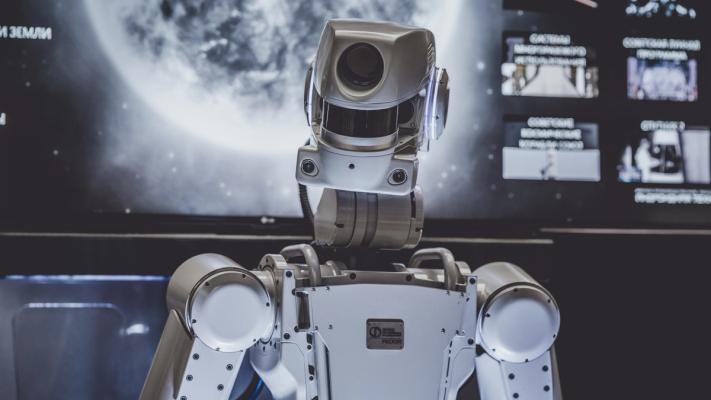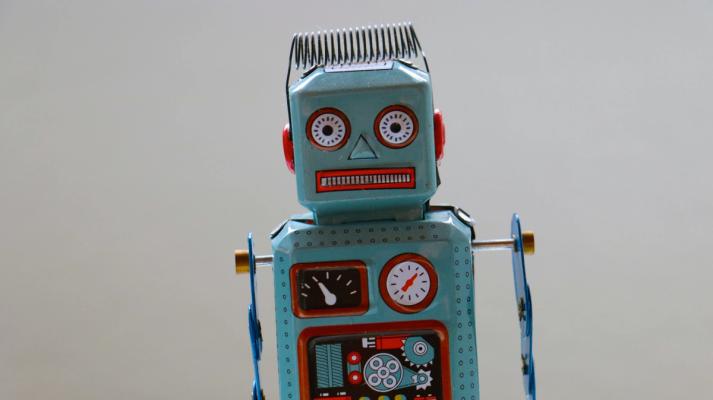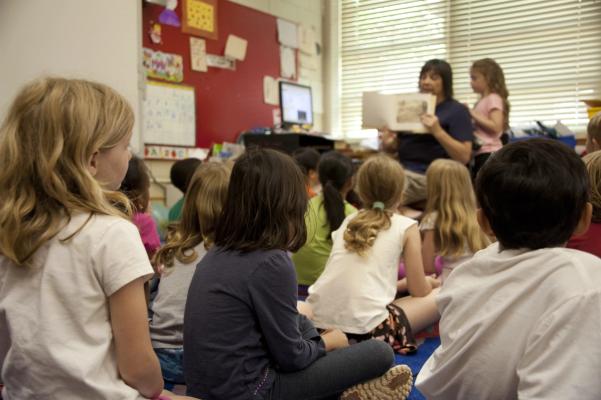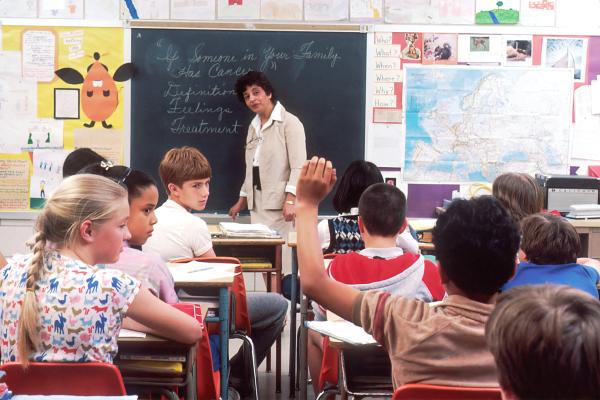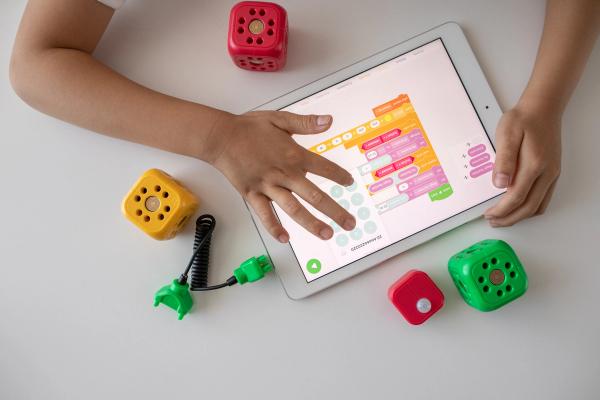The AI-Powered Classroom: Embracing Change for Student Success
Article

Introduction
The classroom has always been a dynamic space, evolving alongside each new generation of students. As we venture into the era of artificial intelligence, we find ourselves at a unique crossroads where traditional teaching methods meet the potential of AI-driven education. In this article, we will explore how generational patterns in learning preferences intersect with AI, and how educators can harness this synergy to foster student success.
Generational Learning Patterns: A Constant Amidst Change
Across generations, certain learning patterns persist. Baby boomers might remember chalkboards and textbooks, while millennials experienced the shift to digital resources. Generation Z, the true digital natives, grew up with smartphones and constant connectivity. Yet, despite these differences, the essence of education—curiosity, exploration, and critical thinking—remains unchanged.
AI's Role: A Bridge Between Generations
AI acts as a bridge, connecting the wisdom of experienced educators with the tech-savvy tendencies of modern students. For example, AI-driven content recommendation systems can offer personalized resources tailored to individual learning styles. This is particularly relevant given the diverse generational preferences for consuming information.
Personalized Learning: Meeting Individual Generational Needs
Generational learning preferences can be harnessed through AI-powered personalized learning. Baby boomers may appreciate a mix of traditional teaching methods and AI-enhanced materials, while millennials might respond well to gamified learning experiences. Generation Z, being accustomed to quick information consumption, could benefit from AI-driven microlearning modules.
Blending Tradition with Innovation: Striking the Balance
The challenge lies in striking a balance between traditional teaching methodologies and AI integration. As educators, it's essential to ensure that AI tools complement, rather than replace, the fundamental human connection between teachers and students. The discussion of this balance opens up avenues for educators to share experiences and best practices.
AI and Student Engagement: A New Dimension
Generation Z students often exhibit shorter attention spans due to their exposure to fast-paced digital media. AI can step in to create interactive, engaging lessons that cater to this reality. However, it's worth pondering whether an overreliance on AI might hinder the development of patience and deep focus.
Discussion Points
- How can educators leverage AI to bridge generational learning gaps while maintaining educational values?
- What strategies can be employed to ensure that AI-powered education doesn't dilute the importance of critical thinking and deep learning?
- How might different generations of educators approach the adoption of AI in their teaching methods?
- Can AI truly understand the nuances of generational learning preferences, or does the human touch remain irreplaceable?
Conclusion: Embracing the Generational and Technological Tapestry
As educators, embracing the convergence of generational learning patterns and AI presents a remarkable opportunity. By understanding the unique attributes of each generation and integrating AI mindfully, we can create a learning environment that appeals to diverse learning styles. Ultimately, the goal is not just to teach but to empower students with the skills they need to navigate a future where both tradition and technology play integral roles.
